“There has been a revival and interest in the past 30 years and an increase in quality that has been particularly marked in Anjou,” Budd says.
In 1997 veteran Loire winemakers Patrick Baudouin and Jo Pithon had a competition to see who could get the highest alcohol content in their wine. The great vintage of 1989 with its 18% ABV potential had surprised many and changed perceptions as to what is possible with Chenin Blanc.
“As the renaissance gathered pace, people realised that you could pick selectively maybe three to five times on the same bunch. It became a sugar race to see how high you could go,” Jim Budd explains. “After botrytis, Patrick picked literally berry by berry and achieved 42% ABV while Jo managed 50% ABV.”
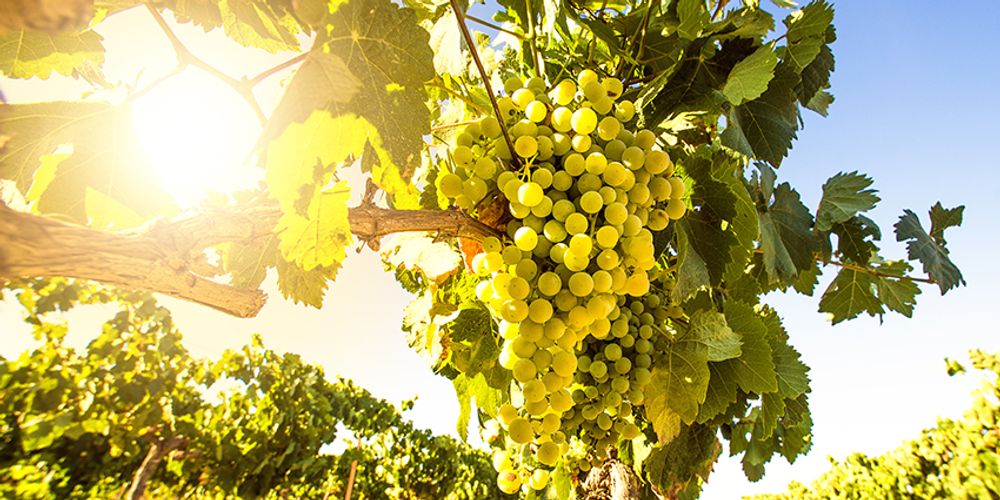
The point this competition proved was that the quality of the Chenin Blanc, particularly in Anjou, could be vastly improved, and this change in attitude started with the sweet wines.
“In the 1970s with the arrival of mechanisation and weed killers it adversely affected the quality of sweet wines in Anjou, people took short cuts and they stopped doing selective picking, they used picking machines when the fruit was reasonably ripe and in general just picked it all…. But the ripeness can vary so much sometimes within a single bunch,” says Budd.
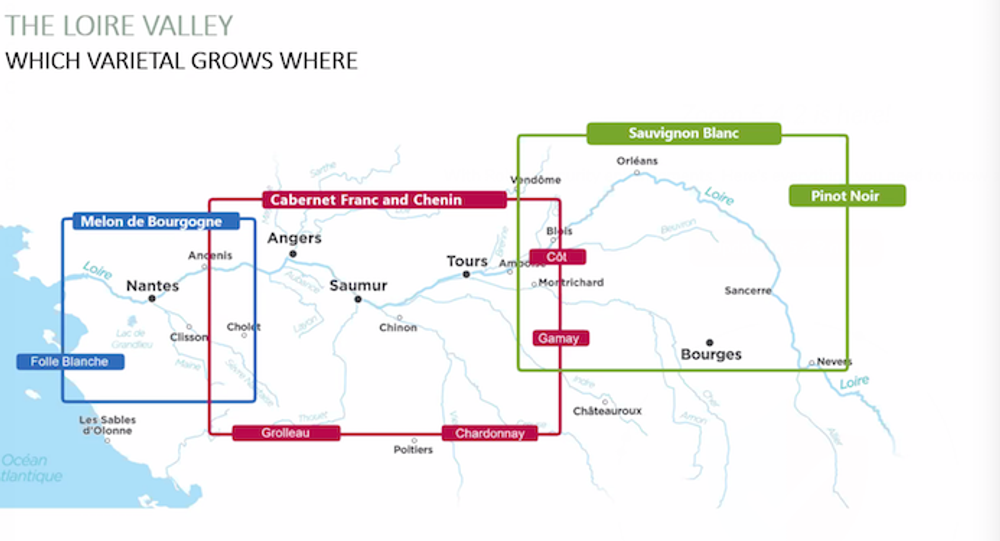
In the early Nineteenth Century Chenin Blanc was the most prolific grape in Anjou, but now, because of the rise in popularity of Rosé d’Anjou Cabernet Franc is the main grape with 8500 hectares planted compared to Chenin’s 2600 hectares.
Since the 1989 vintage, however, the grape has been re-evaluated. “There has been a revival and interest in the past 30 years and an increase in quality that has been particularly marked in Anjou mainly because Vouvray has always been making good quality Chenin,” Budd says.

Winemaker Frédéric Mabileau, pictured just prior to his fatal accident, September 2020
Another trend has been a migration from making sweet Chenin Blanc to dry.
“The problem with making sweet wines is that they are difficult to sell,” says Budd, “in the 90s Pithon focused on it and ran into financial difficulties.”
In 2008 Ivan Massonnat, a Parisian financier and passionate lover of Chenin Blanc, bought all of Pithon’s vineyards and has since changed the name of the estate to Domaine Belargus, with the focus very much on dry styles of Chenin Blanc – 80% of Belargus’s wines were dry in 2019 and in 2020 they didn’t make any sweet wines at all, according to Budd.
“Clos Rouchard has shown that if the reputation is there then these wines can sell, but not necessarily dessert wines – consumers need to know how and when to drink those. But Chenin generally is not properly appreciated and not enough people are privileged enough to try great, aged Chenin. And the wines of Anjou are not properly appreciated either – there’s almost a reluctance of some producers to realise what great wines they make.”
6 of the best Chenin Blancs
Chenin Blanc can make a range of sparkling and still wines, from Sec, Sec-tendre, Demi-Sec, Moelleux through to Sélection de Grains Nobles. To demonstrate the diversity of the grape Jim Budd selected six of his favourite Chenin Blanc that are available in the UK.
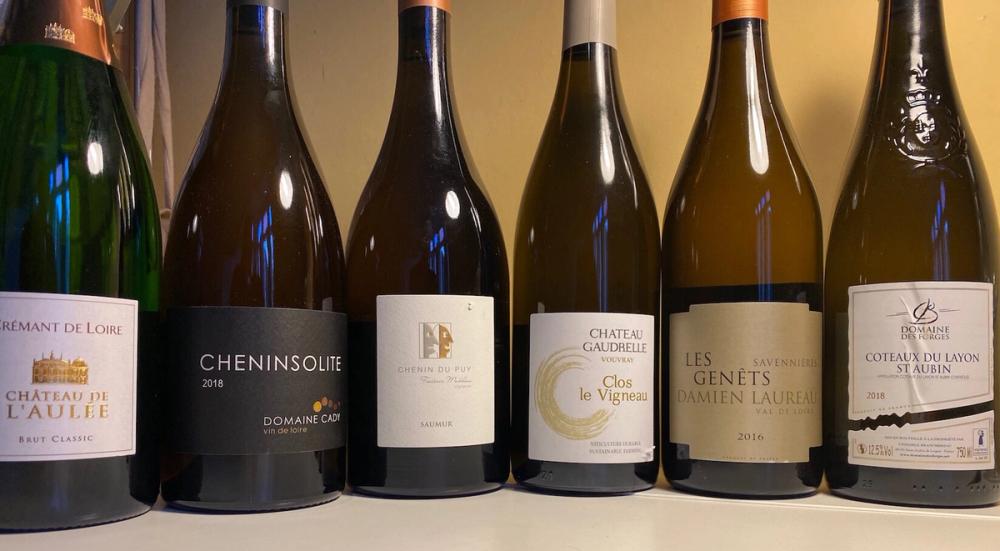
Crémant de Loire, Classic NV, Château de l’Aulée
Crémant is the largest sparkling wine category in France with the Loire the second largest region in France for producing sparkling wine.
Château de l’Aulée is an example of how impressive a crémant can be when put in the right hands. Winemaker Marielle Henron spent 15 years as the winemaker at Bollinger and also worked at Pommery before setting up her own estate at Château de l’Aulée in the Loire. The wine has been aged on its lees for two years and, just as they do at Bollinger, Marielle adds a dosage of older vintage, barrel-matured wine to lend subtle creamy richness.
To taste: the wine is light golden and has an initially vigorous mousse which quickly settles down – light golden; the nose is pretty and floral (honeysuckle) with ripe orchard fruit and a nutty complexity which is surprising given this is an NV Crémant; the palate is clipped and precise and there’s a lovely balance between the ripeness of the fruit and a spine of refreshing acidity. There’s a toasted nut edge, dry sherbet, mineral and a slightly salty edge to the finish. Excellent. (Avery’s, £15.99 RRP)
Chenin du Puy, Saumur Blanc, 2016, Frédéric Mabileau
Domaine Frédéric Mabileau is based in St Nicolas de Bourgeuil and primarily makes red wines although Mabileau found a hectare parcel of vines in Saumur, in Puy Notre Dame on South-facing vines on clay-limestone soil. The grapes ripen well here but still have Chenin’s trademark acidity, his first vintage was 2007. He hand-picks selectively from the 49 year-old vines and then ferments and ages the wine for 16 months in 12 hectolitre foudres – so that he doesn’t mar the wine with wood.
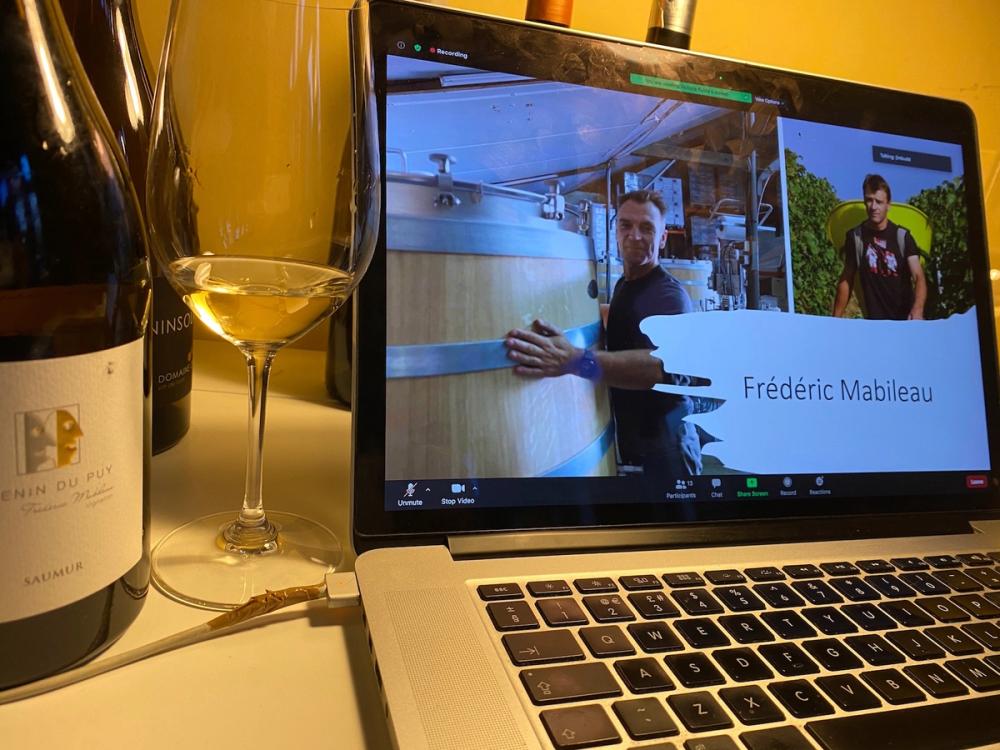
Light gold, smoky nose, just-popped popcorn, ripe grapes, red pear, honeyed; the dryness of the palate with the acidity is more than you’d expect from the nose whose ripeness anticipates sweetness, but with just 5gms RS this is most definitely sec. Light-medium mouthfeel, fine-grained texture, tremendous freshness which contrasts well with the ripe texture of the mouthfeel. 13% abv. (Berry Bros, £28.50 RRP)
Tragically Mabileau died last September in a gyrocopter accident, that echoed the similar untimely death of Loire legend Didier Dageneau.
Anjou Cheninsolite, Anjou Blanc, 2018 Domaine Cady
Ripe, golden, barrel-aged Chenin Blanc that is rounded, luscious, almost voluptuous, and yet has a sturdy foundation of acidity that carries the weight of the wine and balances it so well.
The Cady family has owned this St Aubin de Luigné vineyard since 1927 with current winemaker Alexandre recently taking over from his father Philippe. The wine is aged in 225 litre barrels for 11 months, but the wood is only detectable in the colour, structure and texture of the wine. On the nose the wine is grapey, honeyed with a touch of wild herbs (fennel); the palate is medium-weight, ripe but terrifically poised, lemony zest mixed with mango and honey-on-butter with a slightly bitter twist on the finish, which you come to expect of Chenin Blanc.
This is a superb Chenin Blanc in the weighty and luscious style that the Loire can do so well. There are intense flavours of lemon, apricot, mango and honey with subtle notes of exotic spice. This is a really treat with rich herby fish dishes. (Widely available for £13.95 RRP, including Wine Society and Waitrose)
Savennières, Les Genêts, 2016, Damien Laureau
Since he started making wine here in 1999 Damien Laureau has been regarded as one of the rising stars of the region. Well-established now he has a huge reputation, although his production output is still limited. He is one of a handful of producers in Savennières picking the fruit a little riper and using less sulphur in order to produce wine that can be drunk earlier than you would normally associate with Savennières, (that often need a least 5 or 6 years to soften up).
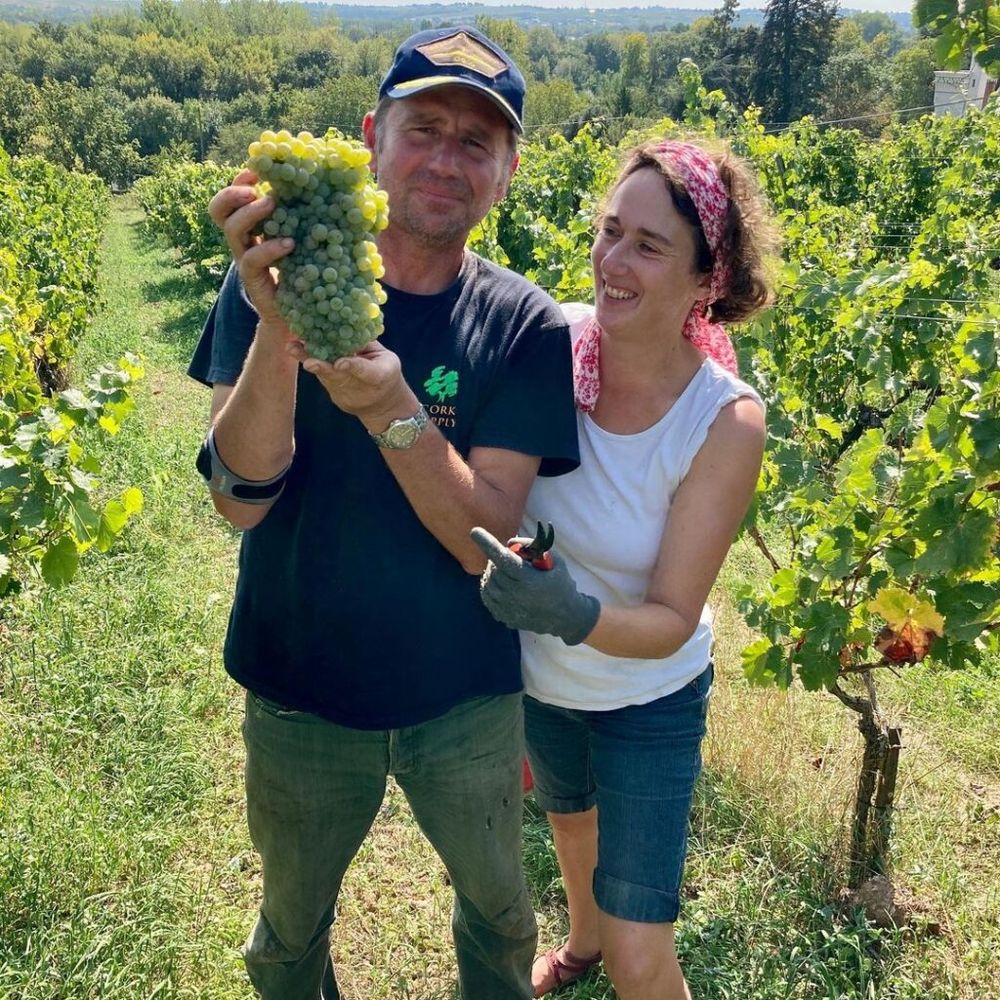
Florence and Damien Laureau on the second week of the 2020 harvest
As a region Savennières has been on the up expanding from 46 hectares in the 1970s to around 150 hectares today, the vines here are on sandier soil.
The wine is very light gold; there are notes of ripe quince, honeysuckle, white peach ; the palate is super tense, very fresh with real energy, the central vein of acidity is apparent but balanced well with the ripeness of the fruit – so the citrus dimension is more lime cordial than lime juice, there are notes of green apple in there and a lively, mineral quality. The first of three Savennières he produces and the most approachable in youth. (House of Townend, £44.95 RRP)
Clos le Vigneau, Vouvray 2018, Château Gaudrelle
Alexandre Monmousseau, who founded Monmousseau in Montrichard (now owned by Ackerman) took over his family’s estate Château Gaudrellein 1984 and retired in 2019. This wine is classic Vouvray made in the ‘Sec-tendre’ style which is halfway between Sec and Demi-Sec and featuring just enough residual sugar to balance the grape’s often racy acidity. These wines, Demi-sec and sweet are only made in great vintages which has happened every year since 2014 (“it has never happened before,” says Budd about the run of vintages)
On the eye the wine is light-mid gold; the nose displaying ripe, sweet fruit, tarte aux pommes, acacia honey, with a little hint of aniseed; the palate is light-medium weight and awash with delicious layers of ripe orchard fruit, toffee apple, with ripeness on the finish. In order to pair it successfully, Budd recommends serving the wine with pork medallions with a prune and cream sauce, with the prunes having been cooked in sec-tendre or demi-sec Vouvray first. (Tanners, £15.80 RRP)
Coteaux du Layon Saint-Aubin, 2018, Domaine des Forges
Stephane and Severine Branchereau took over this 47 hectare estate in 2013 and make a range of Chenin including this top notch stickie – hand-harvested from 40 year old vines.
Pale amber in colour; ripe, rich honeyed nose, with notes of ginger in syrup and dried apricot; the palate is medium-heavy weight with a sweet attack, oleaginous mouthfeel, flavours are a heady brew of ripe, fresh and dried peaches/ apricots, orange marmalade, honey. Despite this and the 130 grams of residual sugar, there is a lovely freshness to the finish, there is no cloying qualities at all, thanks to the backbone of acidity that also brings the wine into balance. Ridiculously good value, 12.5% ABV.
Jim Budd recommends pairing this with Pheasant-in-cream-and-Calvados, blue cheese or path. Could easily work as a drink on its own – after a meal or at any time of the day. (Tanners, £13.50)
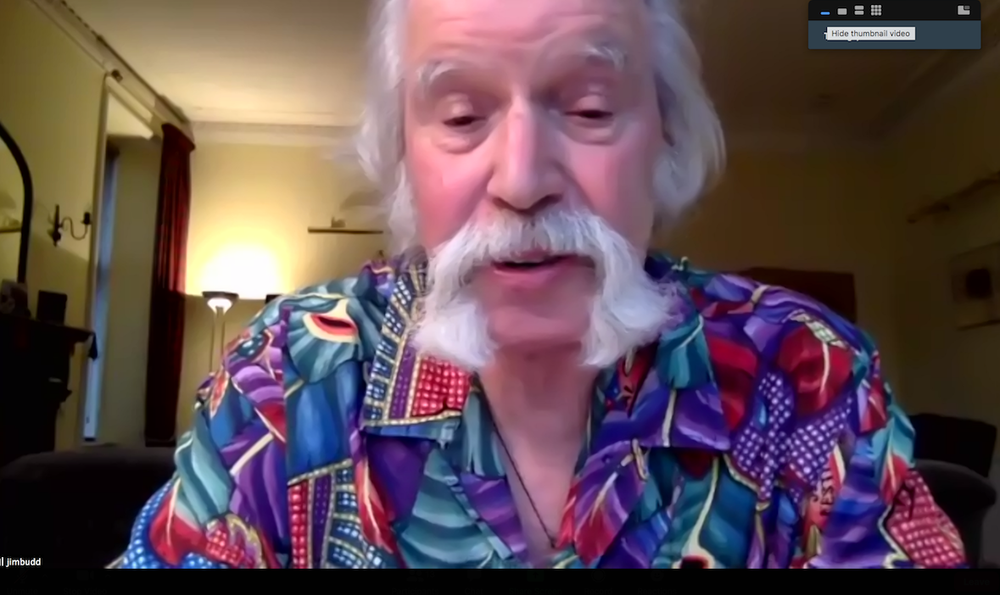
As a little off-piste extra, Budd sent round an example of a well-aged, top, sweet Chenin, a Coteaux du Layon, Sélection de Grains Nobles 2005, Domaine Philippe Delesvaux
Delesvaux, like Ivan Massonnat, is a Parisian with a love of Chenin Blanc who moved to the area in the 1970s and is one of the movers-and-shakers of the quality sweet wine revival in the 1990s. 9.5 hectares are farmed biodynamically. Budd quite rightly describes this as a ‘Vin de meditation’ – one to be had at the end of the evening. There’s 205 grams of residual sugar and yet it is still balanced – gorgeous too with waves of baked apple and sultana, honey cake, brioche, marzipan. 11% ABV and £20RRP for a 50cl bottle from Seckford.









































